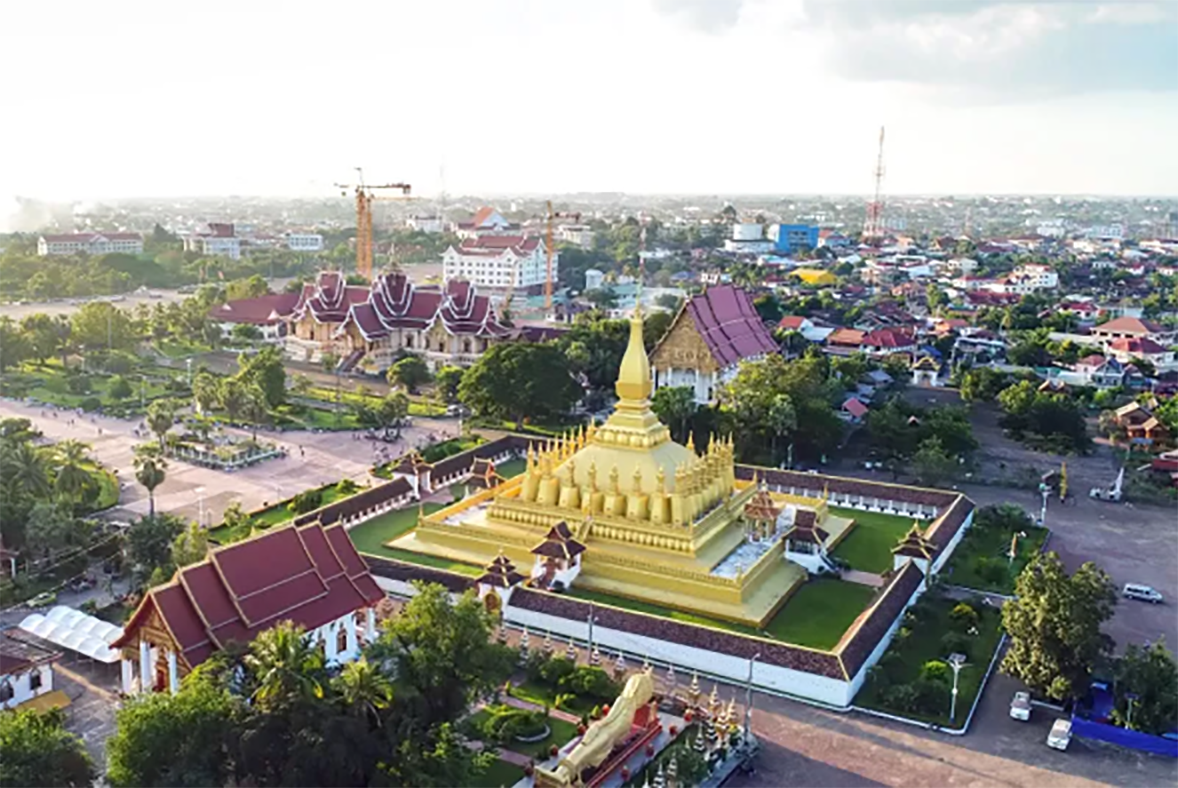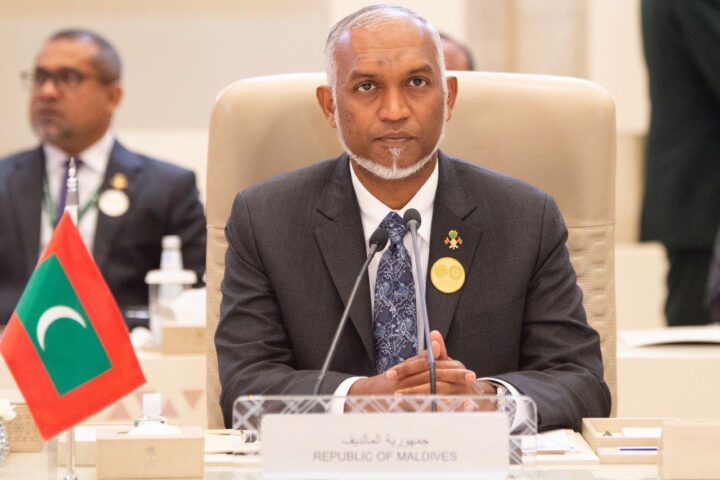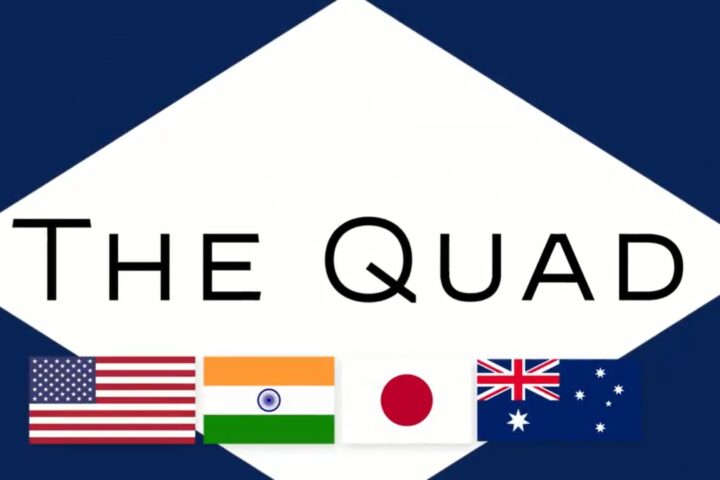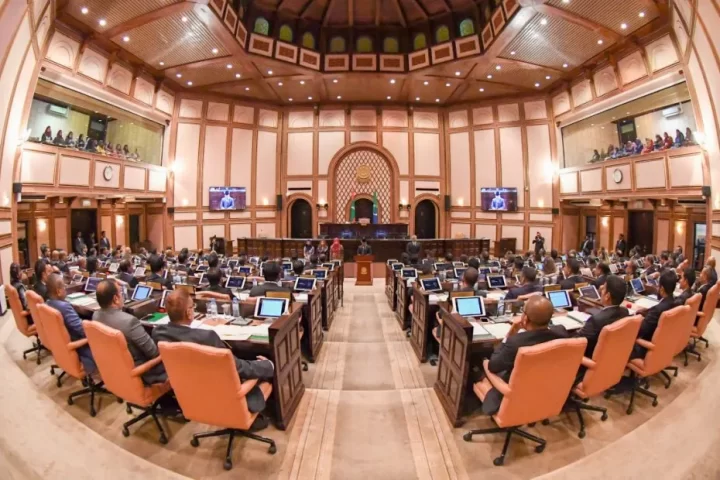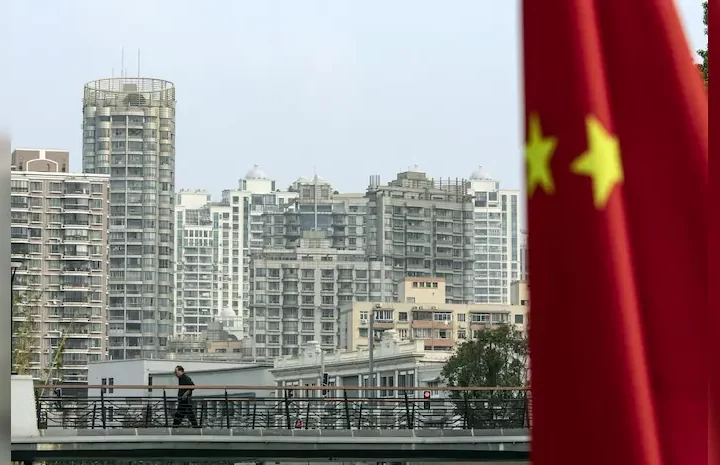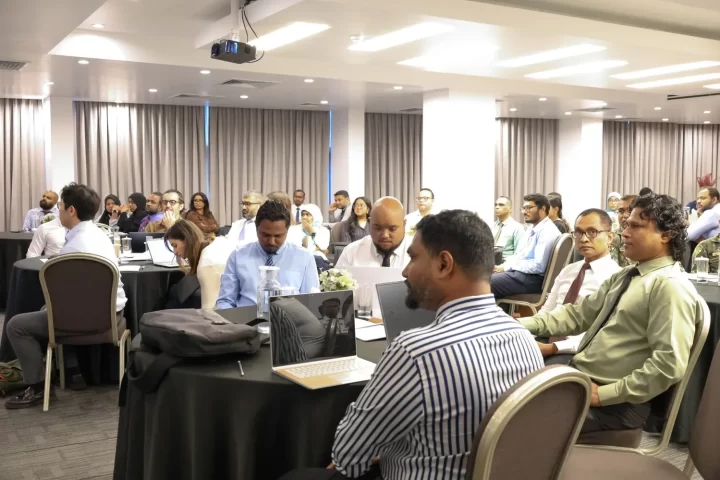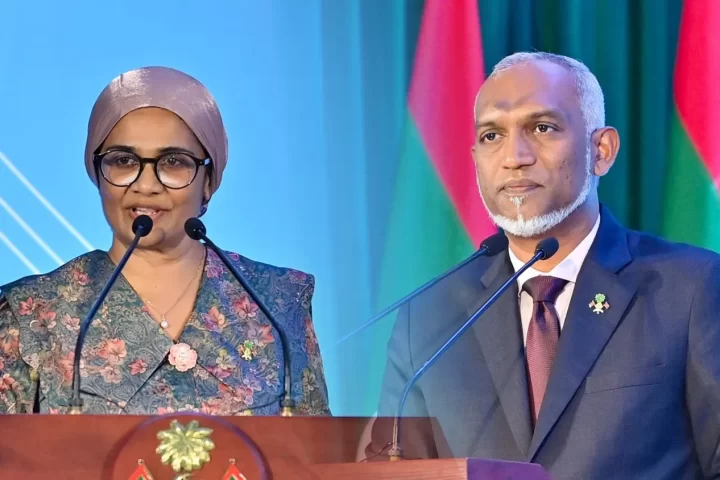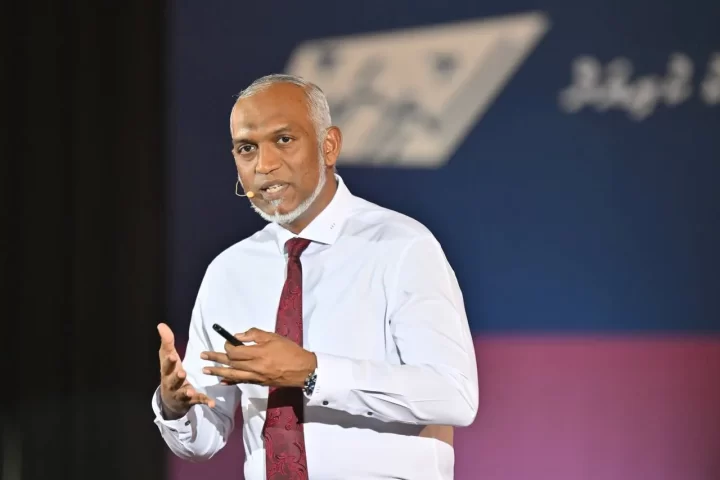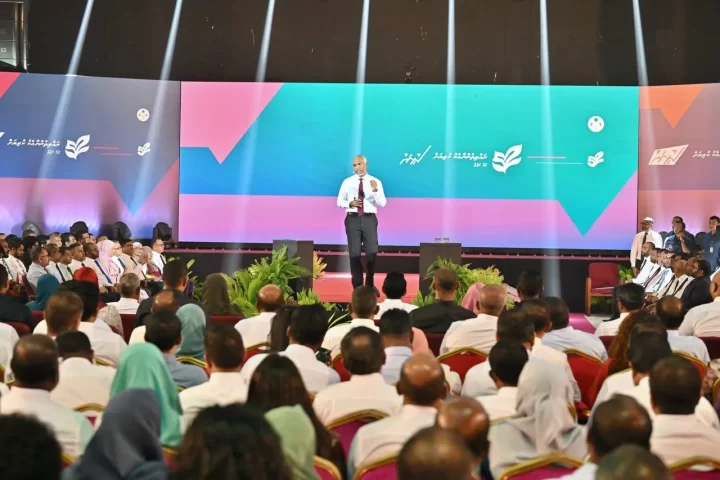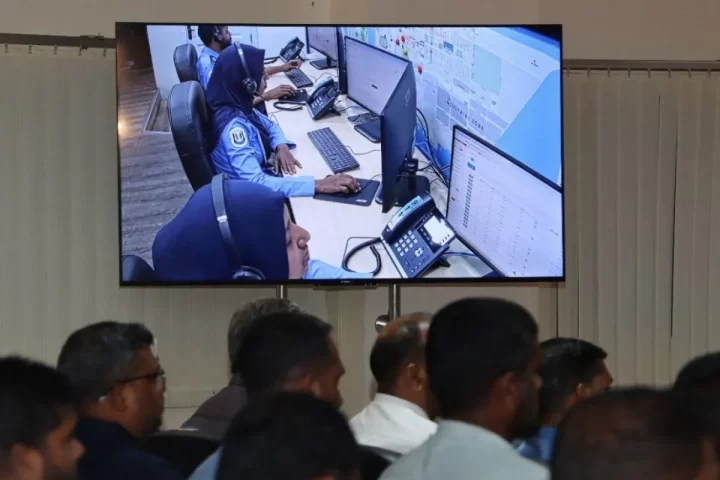VIENTIANE, Laos — Laos is facing severe financial distress due to heavy borrowing from China, sparking concerns about its economic sovereignty and future stability. The loans, part of China’s expansive Belt and Road Initiative (BRI), have been criticized for their predatory terms and lack of sustainability.
Chinese investments in Laos have focused on large infrastructure projects, including dams, railway stations, hydroelectric power plants, hotels, and residential complexes. Despite these developments, the projects are primarily controlled by Chinese entities, often marginalizing local interests.
Laos is teetering on the brink of default, with external public debt servicing costs soaring from $507 million in 2022 to $950 million in 2023, according to Anushka Shah, vice president at Moody’s Investors Service. This has exacerbated both financial and political crises in the country.
Chinese loans constitute half of Laos’ total external debt and often carry interest rates around 4%, compared to the sub-1% rates from international agencies like the World Bank and Japan International Cooperation Agency (JICA).
Laotians are increasingly wary of China’s economic influence, with a growing preference for stronger ties with the United States. The “State of Southeast Asia” survey for 2023 highlights a significant decline in the perceived political and strategic influence of China, especially in Laos and Myanmar.
Currency depreciation and inflation have further complicated Laos’ repayment efforts. “Laos simply borrowed too much for projects that could only pay off over the long term but had to start making big repayments to China now,” said Roland Rajah, director of the Lowy Institute’s Indo-Pacific Development Centre.
Debt to China has ballooned to $10.9 billion, with potential or “hidden” public debt pushing this figure to approximately $17 billion, or 88.9% of Laos’ GDP, according to Bradley Parks, executive director of AidData. “No country in the world has a higher amount of debt exposure to China than Laos.”
This substantial debt has made Laos vulnerable to Beijing’s financial strategies. Erin Murphy, a fellow at the Center for Strategic and International Studies (CSIS) in Washington, noted, “I think Laos is at the mercy of being part of China’s economic plans, whether it is train connections or the hydropower that Laos can produce.”
China maintains that the BRI fosters mutual benefits and socio-economic development in Laos. However, many of the Chinese-sponsored projects have not delivered the anticipated returns. The China-Laos railway, a key BRI project, has become a financial burden, contributing to a 30% depreciation in the Laotian currency and soaring inflation in 2023, according to Zachary Abuza, a professor at the National War College in Washington.
While China has gained access to Laos’ mineral resources through BRI-led transport projects, the anticipated benefits for Laos remain elusive. The Covid-19 pandemic has further exacerbated the economic downturn in this second-poorest country in Southeast Asia, and the debt repayment burden threatens to deepen the crisis. “Most people will not know the scale of the debt, nor will they associate the debt to Chinese having any direct impact on their lives,” said a Laotian, who requested anonymity for security reasons. (Agencies)
